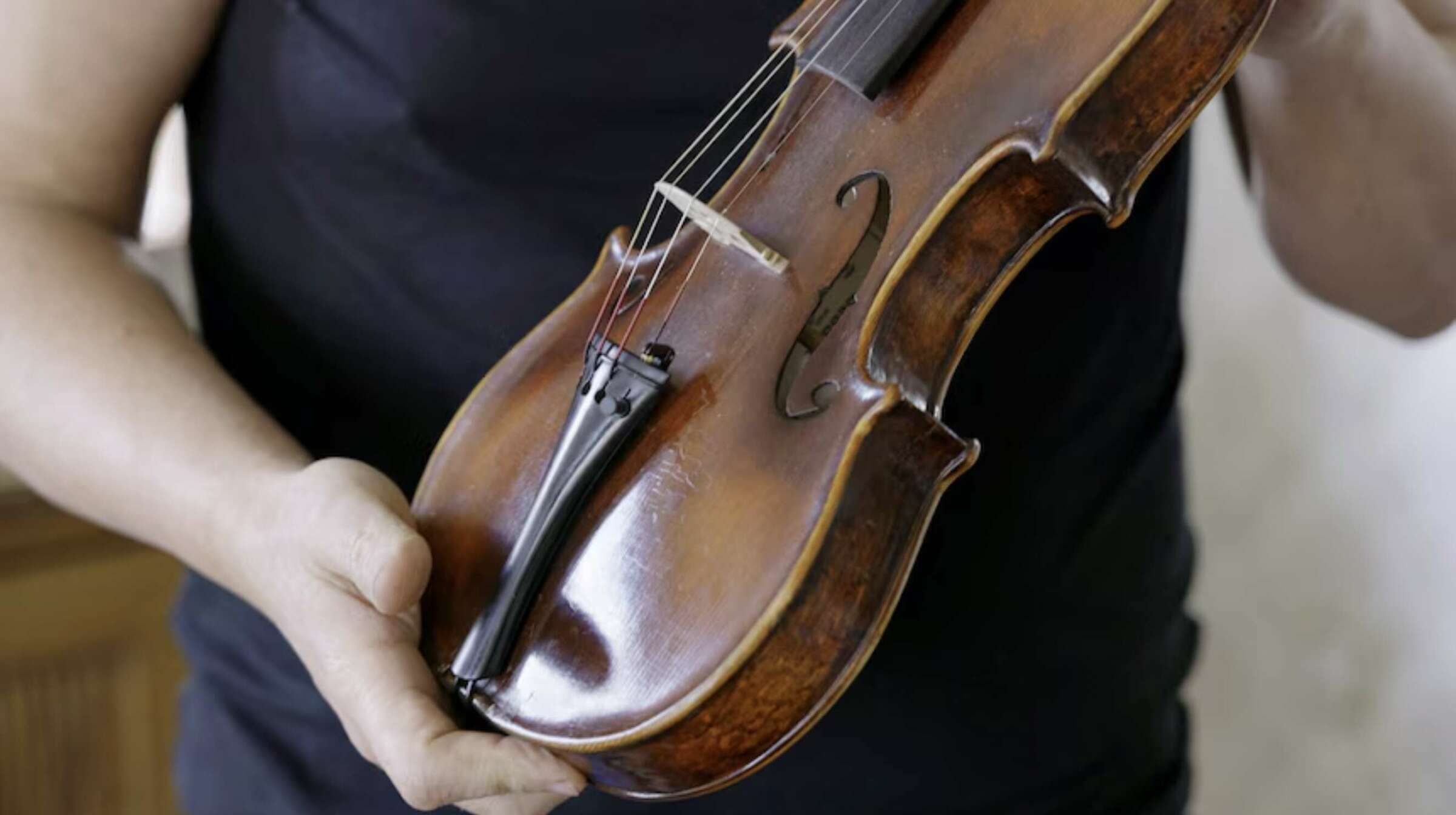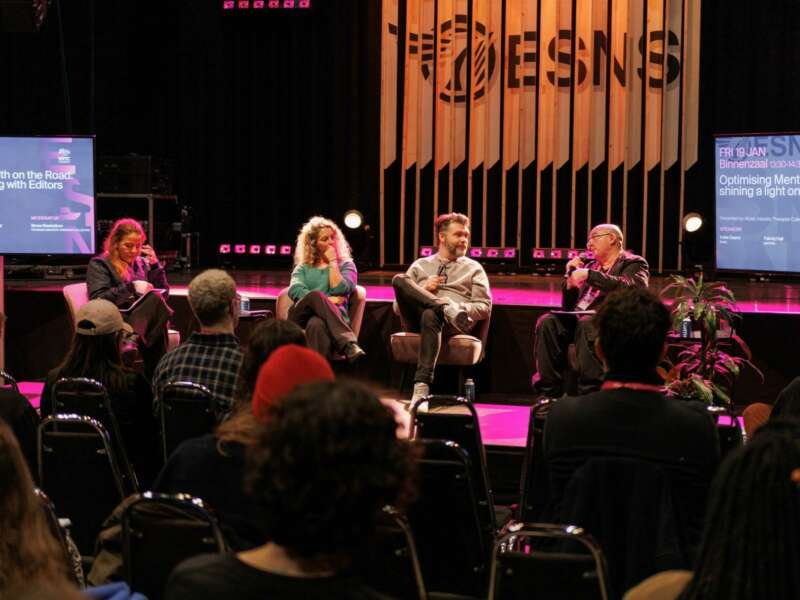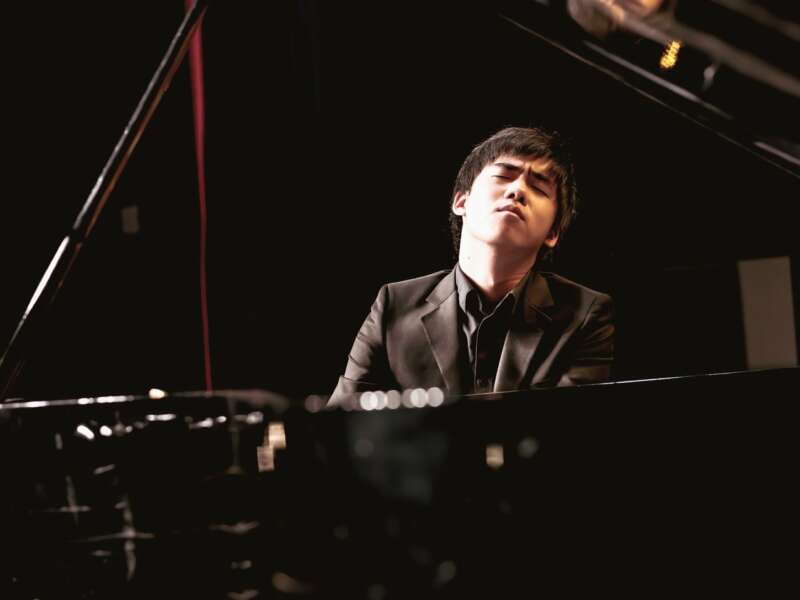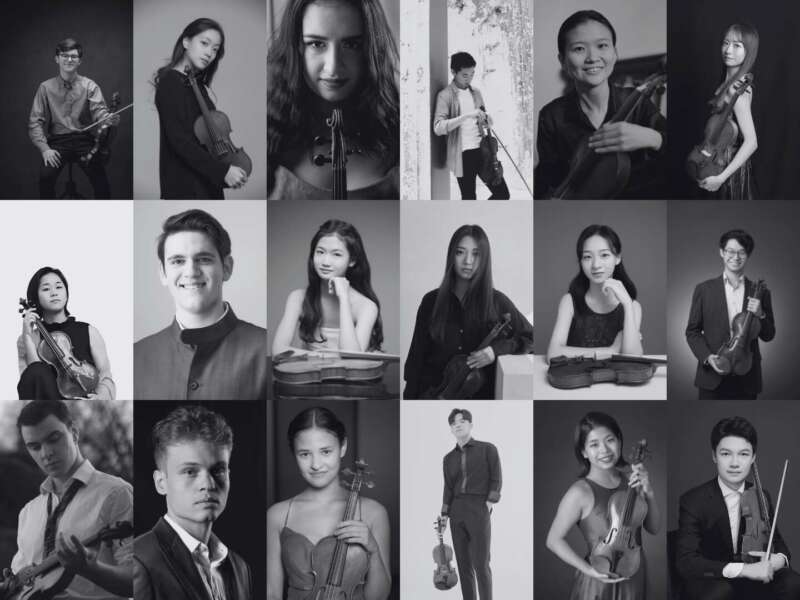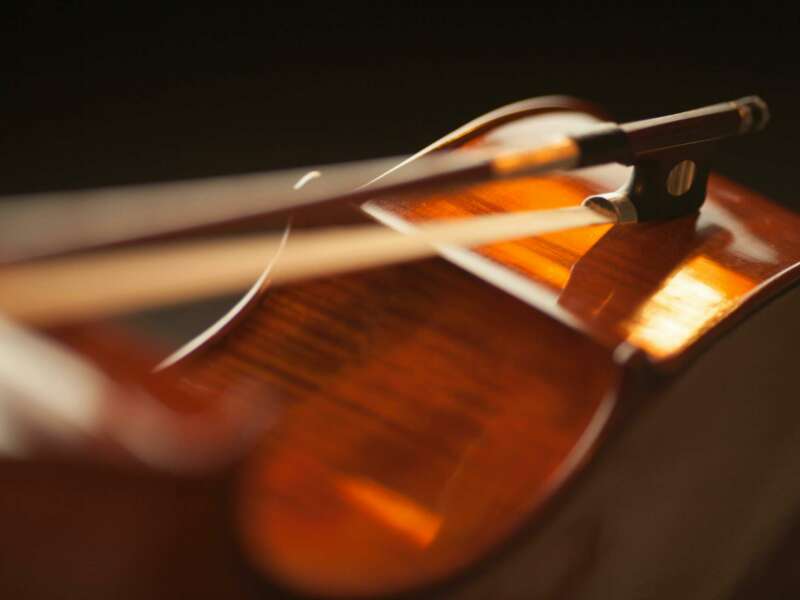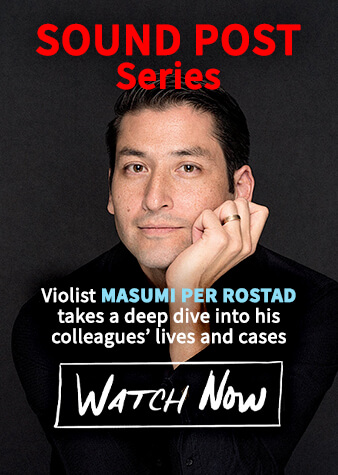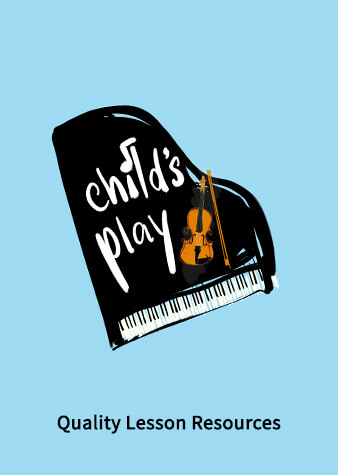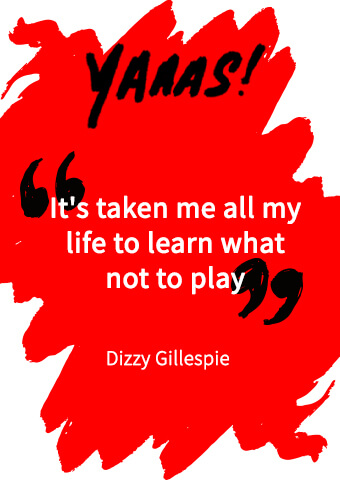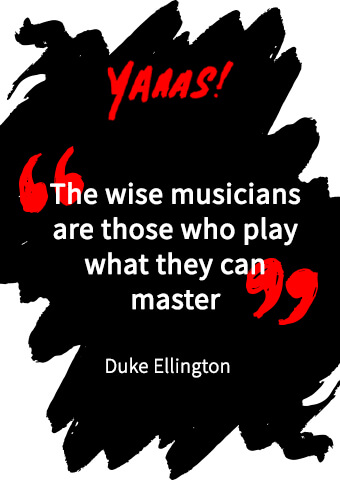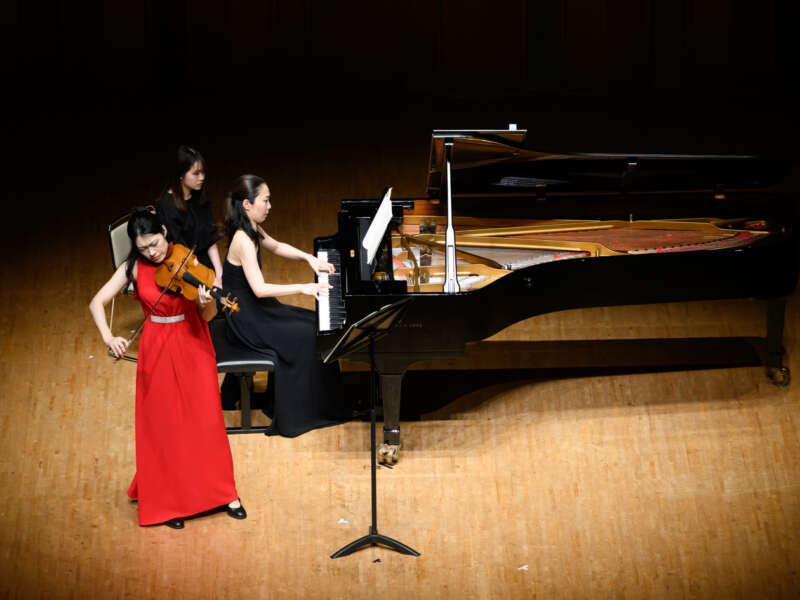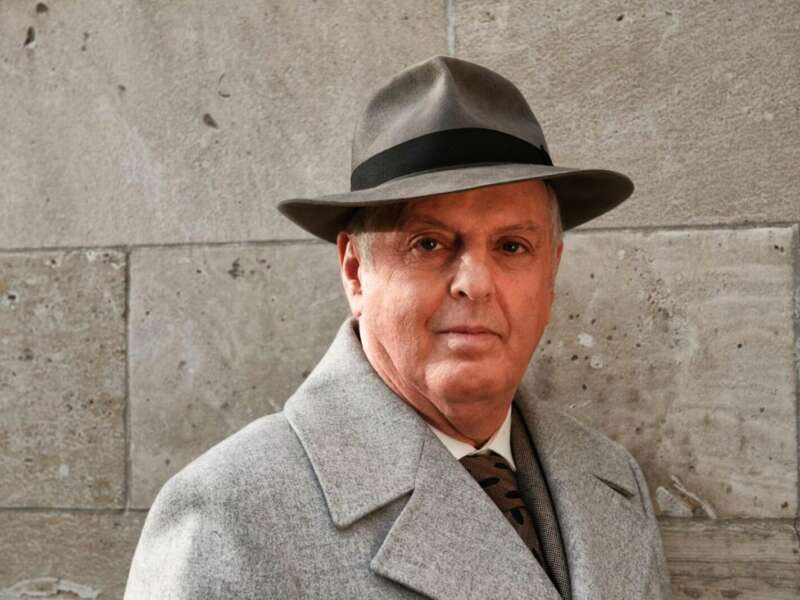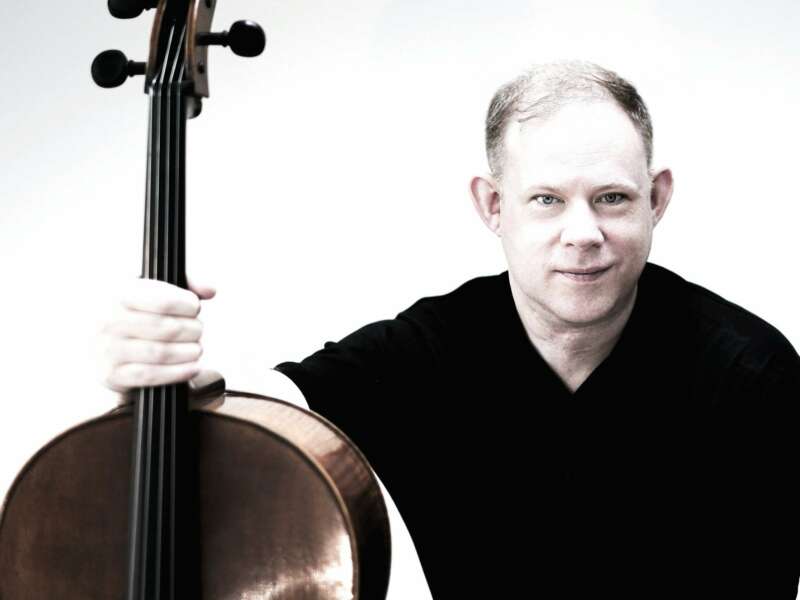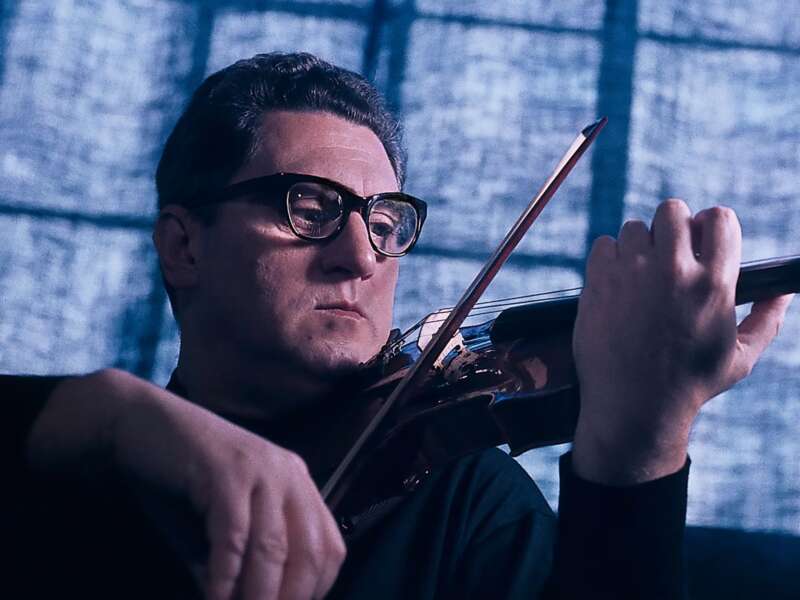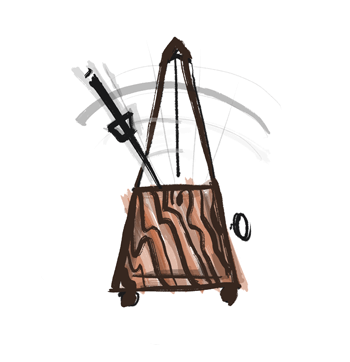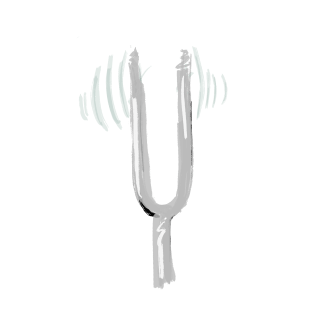Secret Note Found in Jewish Prisoner’s Violin at Dachau Concentration Camp
The note was found in a violin made by Franciszek Kempa in 1941 at the Nazi concentration camp at Dachau
In World War II, Franciszek “Franz” Kempa was imprisoned by the Nazis at Dachau in southern Germany. A hidden note that was left in a violin he crafted in 1941 at the camp has now been discovered.
“Trial instrument, made under difficult conditions with no tools and materials,” the note reads. “Dachau. Anno 1941, Franciszek Kempa.”
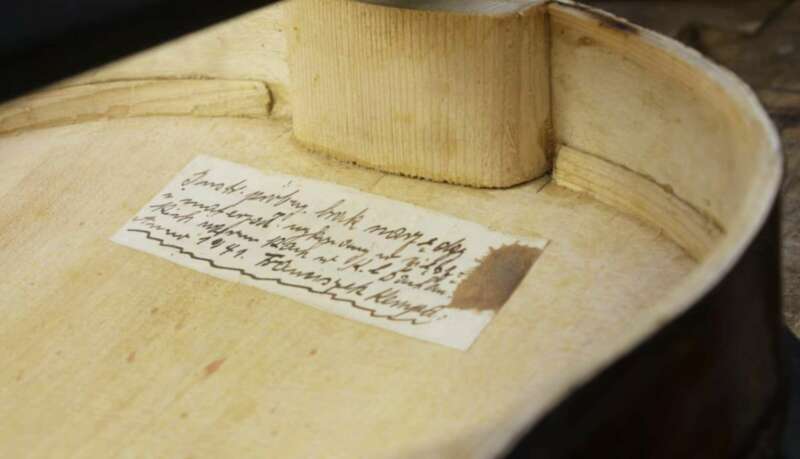
(Image courtesy: Szandra Katona)
The instrument was stored for years with a set of furniture until art dealers in Hungary sent it out for repairs. It was then that the luthier working on the violin noticed a discrepancy between the skilled craftsmanship of the instrument and the type of wood and tools chosen to make it.
“If you look at its proportions and structure, you can see that it’s a master violin made by a man who was proficient in his craft,” art dealer Szandra Katona told ABC News. “But the choice of wood was completely incomprehensible.”
To understand the contradiction, the violin was disassembled by the luthier, which revealed Kempa’s hidden note explaining the origin of the violin in an almost apologetic way — sharing the limitations of his captivity to build an instrument that fell short of his own standards, the ABC reported.
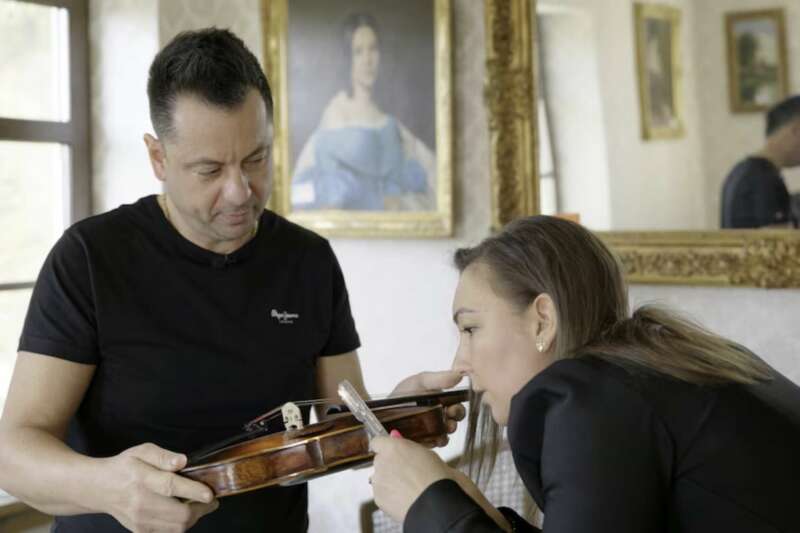
Art collector couple Tamás Tálosi and Szandra Katona with Kempa's violin (PC: Nikolett Csanyi)
While musical instruments existed in concentration camps across Central and Eastern Europe during World War II, all known instruments that survived Dachau were largely brought in by prisoners. Kempa’s violin is the only known instrument that was built inside the camp.
It is unknown how the violin left Dachau and arrived in Hungary, but documents provided by the museum at the Dachau memorial site show that Kempa survived the war and returned to his native Poland to continue making instruments before dying in 1953.
The documents also suggest that Kempa was known to the Nazis as an instrument maker — one of the art dealers believe that this may have saved Kempa’s life.
“We named [Kempa’s violin] the ‘violin of hope’ because if someone ends up in a difficult situation, having a task or a challenge helps them get through a lot of things,” said art dealer Tamás Tálosi. “You focus not on the problem, but on the task itself, and I think this helped the maker of this instrument to survive the concentration camp.”
june 2025
july 2025


